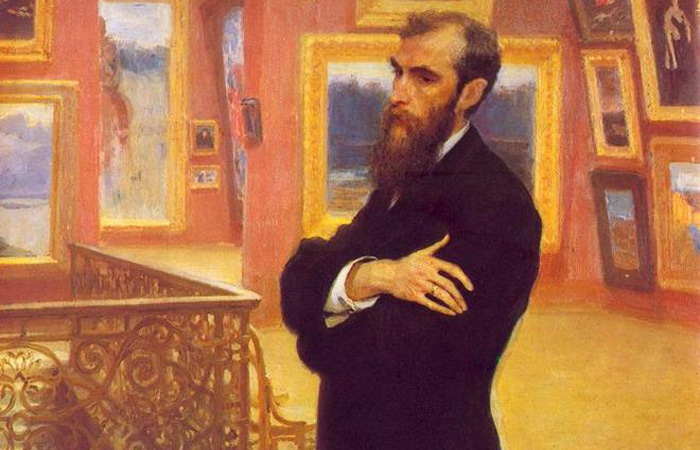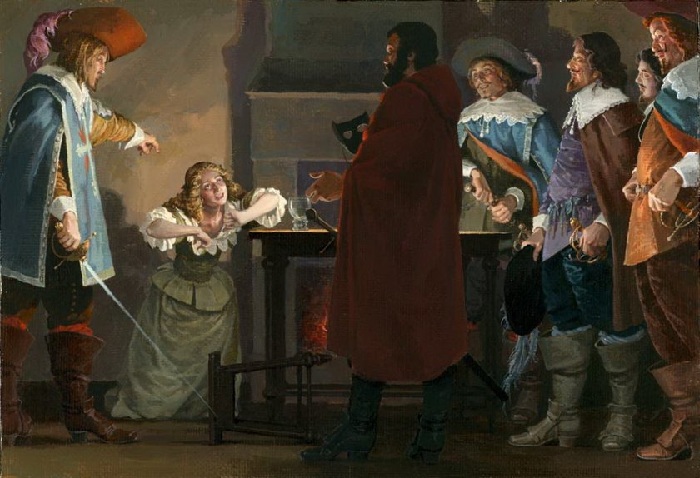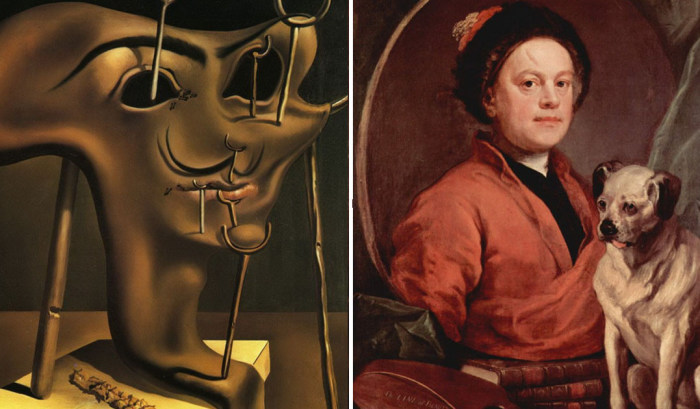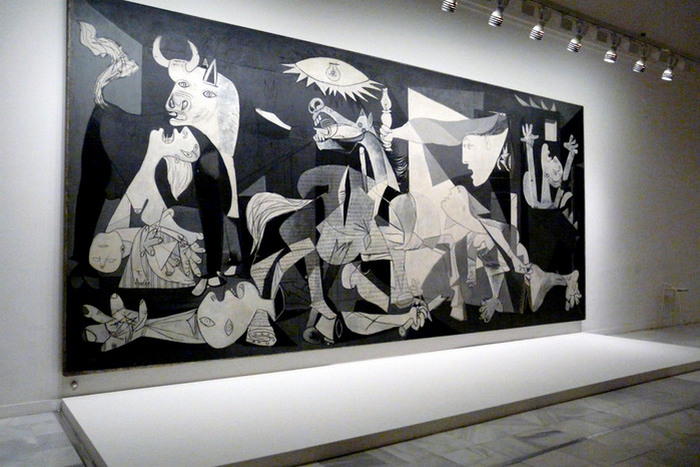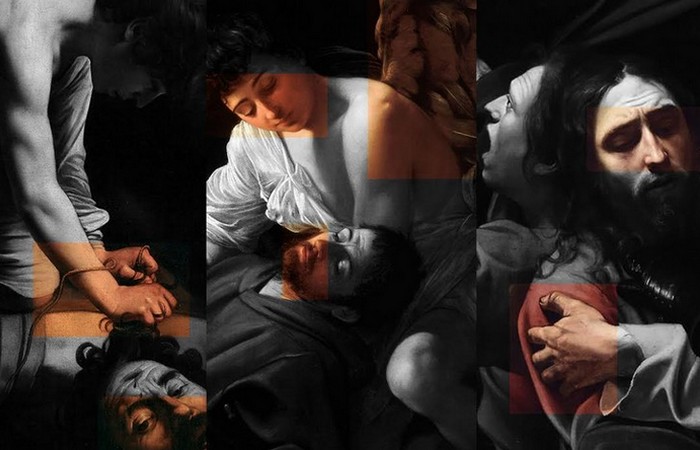Little-known facts about the dark side of the brilliant artist Caravaggio
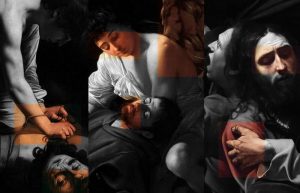 He was one of the great masters of baroque, and his difficult life in many respects determined his creation, which today is admired throughout the world. And Caravaggio himself believed that painting is not only a matter of reflecting reality, but also turning it into something more: “You must not only look at my paintings, but also feel them.”
He was one of the great masters of baroque, and his difficult life in many respects determined his creation, which today is admired throughout the world. And Caravaggio himself believed that painting is not only a matter of reflecting reality, but also turning it into something more: “You must not only look at my paintings, but also feel them.”
The artist was known to contemporaries not only for his works, but also for his controversial nature, and in his life there were many stories – both tragic and anecdotal.
1. Real name
His real name was Michelangelo Merisi, but he was better known as “El Caravaggio” (in honor of the small town in Lombardy, where his family came from).
2. The gang “Nec spe, nec metu”
In childhood and adolescence, Caravaggio was extremely hot-tempered. He put together with other artists and architects a gang that instilled fear in the streets of Rome and lived under the motto “nec spe, nec metu” (“without hope and without fear”).
3. Slandered natarius
When Michelangelo Merisi grew up, the situation changed a bit. Its complex nature constantly led to the fact that Caravaggio regularly ended up in jail. In 1601 he was imprisoned for injuring Caravaggio with the stick and sword of the castle sergeant Sant’Angelo. In 1603, the artist Giovanni Baglen accused him of libel and filed a lawsuit. The reason was that Caravaggio publicly criticized some artists of that time, especially highlighting those who “draw a lot of paintings for sale, but do it mediocre.”
4. Castrated Pimp
In 1605, Caravaggio injured a notary public with an ax, who managed to survive and refused charges against him. A year later, the artist was sentenced to beheading when he tried to castrate the pimp Ranuccio Tomassoni, arguing with him over the prostitute Phillide Melandroni. As a result, the pimp died of blood loss, as Caravaggio accidentally cut his femoral artery.
5. Escape from justice
After that, Caravaggio began to hide from justice throughout Italy. At first he wanted to settle in Naples, but there in the evening a group of people severely beat him. The artist’s face was mutilated. As a result, in 1607, his body was discovered on a beach in Porto Ercole. It is believed that the brilliant artist died of malaria.
6. Fear of prison
He was so afraid that he would be sent to prison, he always slept dressed and woke up with any noise. At the same time, a dagger was always at hand.
7. Followers of Cravaggio
Around the artist there was a whole group of followers, who were called caravagists. The main among them were his students: the architect Honorio Lungi and the artists Filippo Triseni and Orazio Gentileschi.
8. True, sincere, natural
Caravaggio advocated a free, true and sincere art that would reflect reality in all its splendor. An example of this is the painting “A Boy Bitten by a Lizard” (1593-1594), in which the grimace of pain on the face of his model looks amazingly natural.
9. “Tenebrizm”
The so-called “shadowbearing” was one of the styles that distinguished the works of Caravaggio. Some of the best examples of this style are the paintings “Martyrdom of St. Matthew” and “The Calling of the Apostle Matthew”, painted in 1600 to decorate the chapel of Contarelli of the Roman Church of San Luigi Francesi
10. Excessive Realism
Caravaggio painted his paintings, admired many critics and artists, but because of this he was also criticized by a number of Romans who called him cruel, vulgar and even terrible. This led to the fact that the artist was forced to rewrite the details of some paintings on the orders of the clergy.
11. vulgarity, blasphemy and disgust
About the style practiced by the artist, the cardinal’s secretary once wrote: “These paintings consist entirely of vulgarity, sacrilege and disgust. I can only say one thing: these are works made by an artist who draws poorly, with a dark soul and the absence of God in it. “
